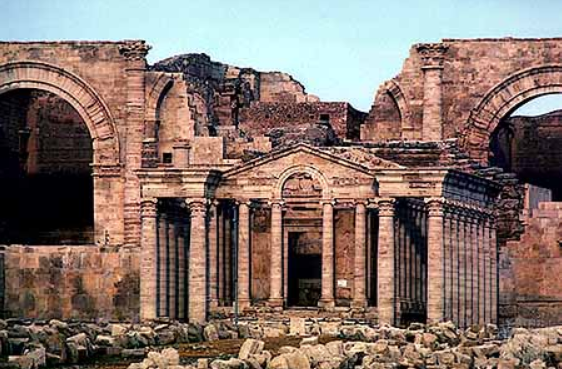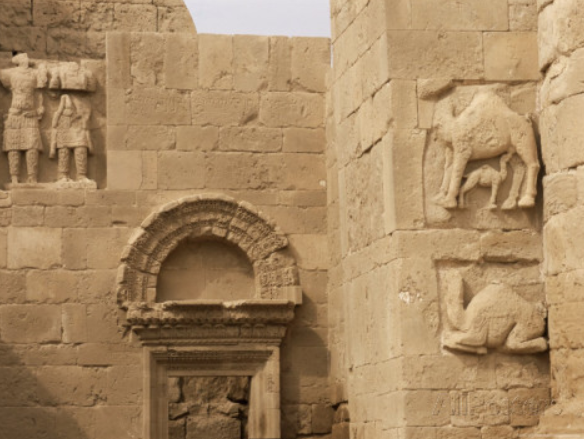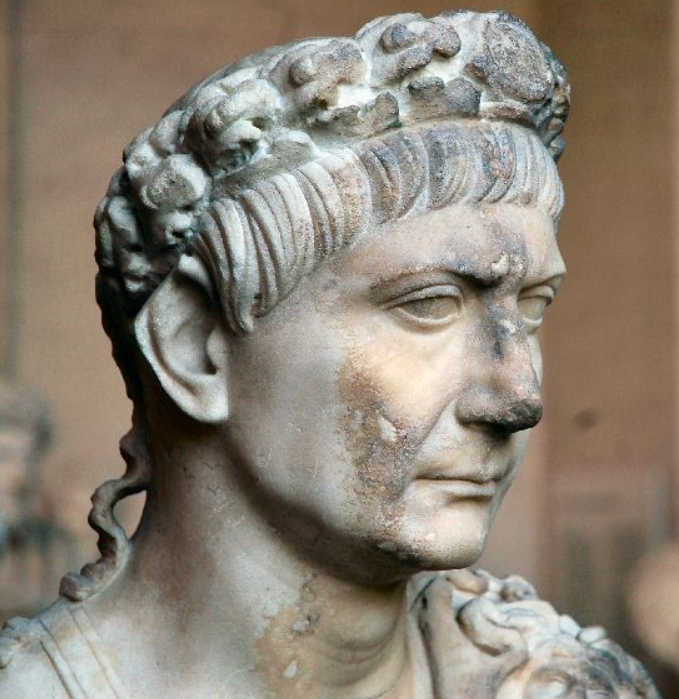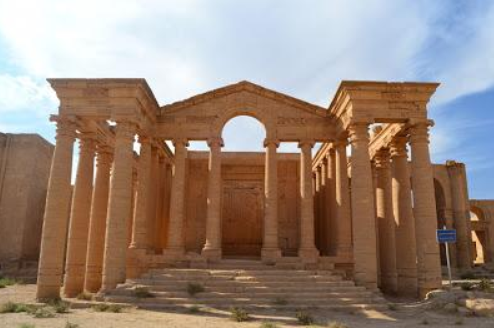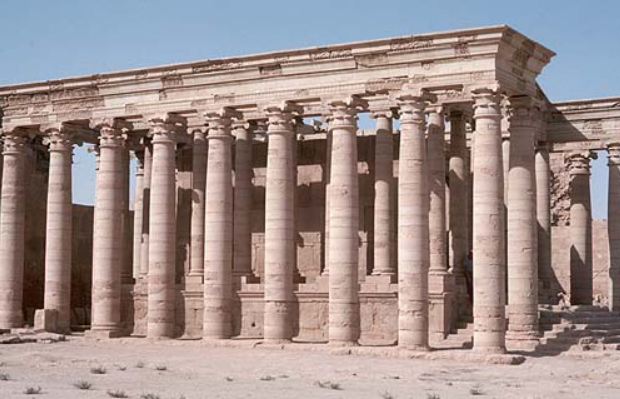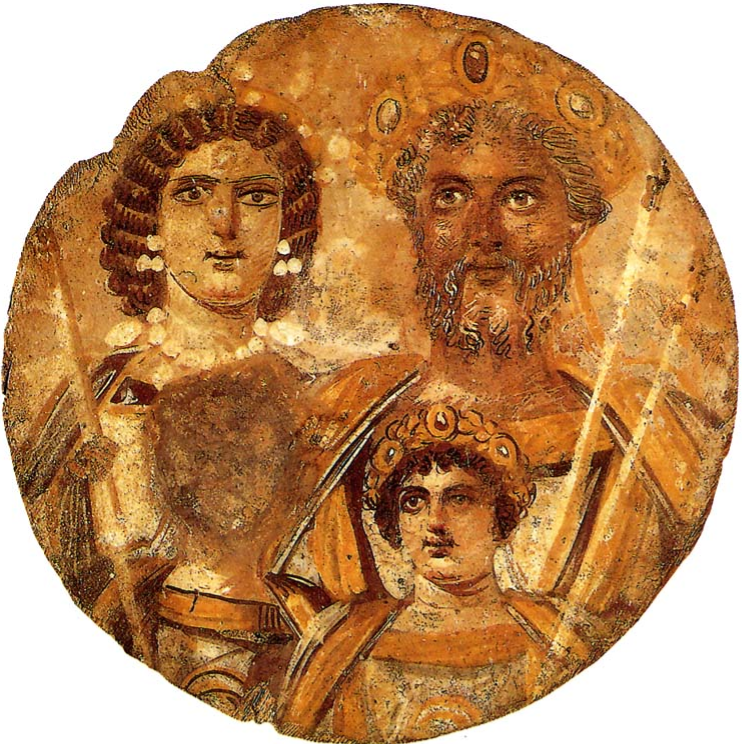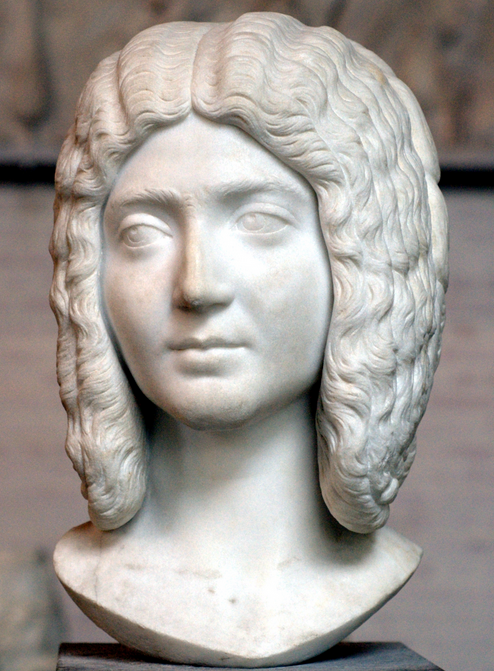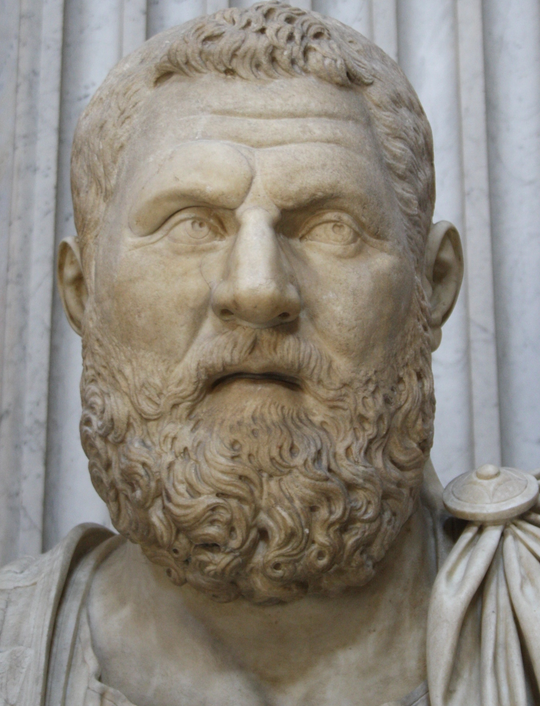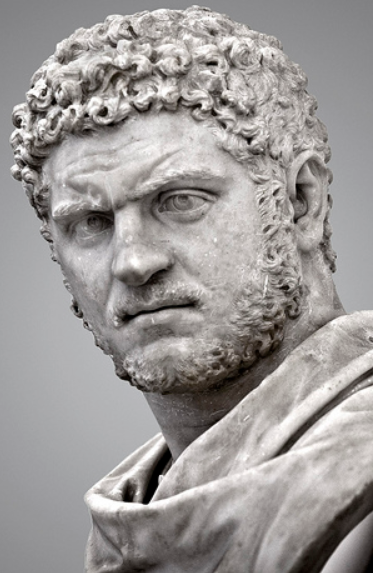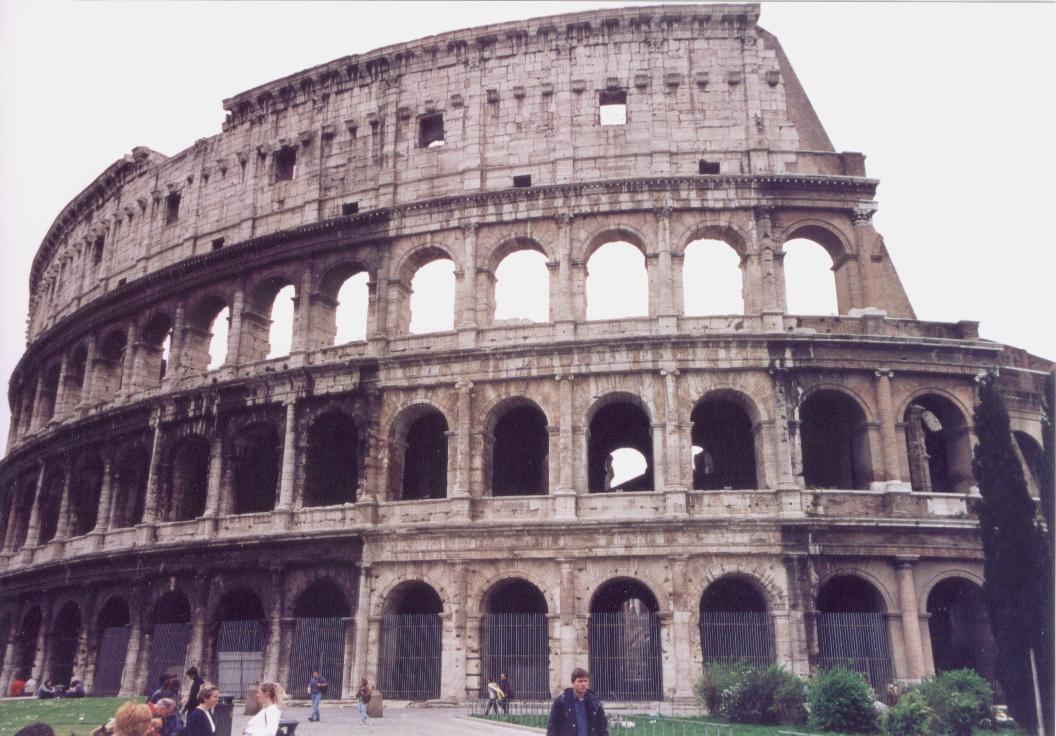
Today we’re going back into the world of Children of Apollo.
The second half of the book leaves behind the dunes and swaying palms of Roman North Africa for Italy, particularly Rome, as well as Cumae and Etruria. For this fourth instalment of The World of Children of Apollo we will focus on Rome itself.
Rome was indeed the centre of the world during this period, the omphalos to which all roads led and from which all decisions flowed. It was the ultimate goal in Severus’ civil war with Niger and Albinus and, despite his favouritism of Leptis Magna, the jewel the Emperor knew he must hold with his massive, loyal Praetorian Guard and the legion he had stationed at Albanum, outside of Rome.

Arch of Septimius Severus – Forum Romanum
It would take a whole book to scratch the surface of Rome so this will only be a very brief look at some of the sites that are a focus of Children of Apollo. Rome is one of my favourite cities, if not for the food then for the history that awaits you around every corner, that towers over you, and lies beneath your feet. Before my first trip to Rome, the glory of Rome, the Empire, had only been something I had read about. It was only when I walked those streets and set foot in the Forum that the idea came fully to life. Even among the ruins of the Forum Romanum, the glory of this ancient capital is keenly felt, whether it is the paving slabs of the Via Sacra, the Arch of Septimius Severus or the temple of the Divine Julius where people still lay flowers.
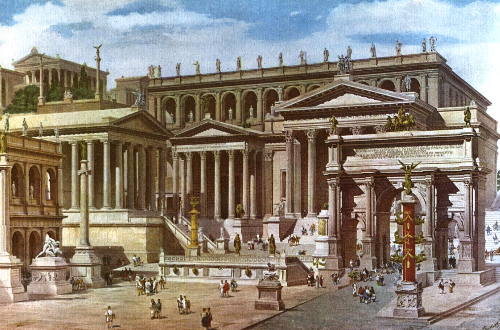
Artist Reconstruction of the Roman Forum
When Lucius and Argus leave North Africa, they put in at Ostia, the Port of Rome at the mouth of the Tiber. It was here, at Rome’s port where most of the seaborne traffic headed for Rome came. The hexagonal port of Trajan was surrounded by warehouses where grain and goods from all over the Empire would be held. Beyond the warehouses, Ostia was full of well-decorated homes, and tabernae to serve residents and visitors in the prosperous port. Brothels, gambling establishments and fine dining all made for anything but a boring night out!
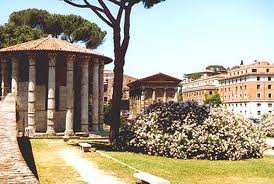
Forum Boarium and Temple of Hercules
Those going on to Rome could have taken a barge up the Tiber, or travelled by land. When Lucius and Argus finally arrive in Rome, they find themselves in the Forum Boarium, the cattle market where a Temple of Hercules still stands. In the story, for various reasons, Lucius’ family’s home is now near this smaller forum where, in generations past, they used to live on the Palatine Hill.
In the early 3rd century A.D. the Palatine Hill was virtually one big sprawling Imperial palace complex, with various additions having been made by successive emperors. Severus was no different and built a massive new addition that jutted out from the southern edge of the hill to overlook the Circus Maximus. Front row seats for the chariot races! Looking down on the faint outline of the great circus, I could not resist writing an exciting chariot race scene in the book. The Circus could hold up to 250,000 spectators and their roar must have been deafening.

Severan Palace Complex from the Circus Maximus
When walking about on the Palatine Hill, it felt peaceful, a world away from the busy fora of Rome. I imagine it was the same for members of the imperial family who could stroll about the gardens and palaces in peace to the cawing of peacocks and play of water in fountains. One of the main locations of Children of Apollo is the Temple of Apollo on the Palatine Hill, where a crucial event of Lucius’ youth takes place. This temple, built by Augustus beside his palace, was only the second in the city dedicated to that god. If ever you get the chance to visit the Palatine Hill and the museum there, it is a definite treat, a world away from the busy streets below.

Forum Romanum
Septimius Severus left his mark in many ways on Rome and not only with his massive palace complex. Flanking the palace was a massive, decorative façade that was unveiled during the celebrations of his triumph. This structure, dubbed the ‘Septizodium’, was a huge wall ornamented with elaborate statuary where water flitted from section to section to dazzle spectators. Not much of it remains today but when it was unveiled, the populace must have been well pleased. The arch of Septimius Severus is one of the more impressive sites in the Forum and this can be seen directly in front of the Curia (Senate House) where he had it built as a reminder to the senators of Rome who the real power was. The artwork on the arch differs in style to others, the period heralding a gradual shift to what we recognize more as a Byzantine perspective.

Ruins of the Temple of Venus and Rome
All over Rome, there is so much to see and when there, I walked for days, never tiring of the sights that met my eyes, imagining what Lucius would have seen. From the mausoleums of Hadrian and Augustus, to the Colosseum, the Ludus Magnus and the Temple of Venus and Rome where Lucius has an important rendezvous, Rome is a city where life, past and present, is meant to be felt and enjoyed. One of the great joys of writing Children of Apollo was being able to visit Rome again.

Ruins of the Palatine Hill and the Circus Maximus
So, I do hope that one day, your road will take you to Rome where, with gelato in hand, you can experience the majesty of this wondrous city.
Be sure to catch Part V of the World of Children of Apollo when we will visit one of the most beautiful places on Earth: Etruria (Tuscany!).
Thank you for reading!




